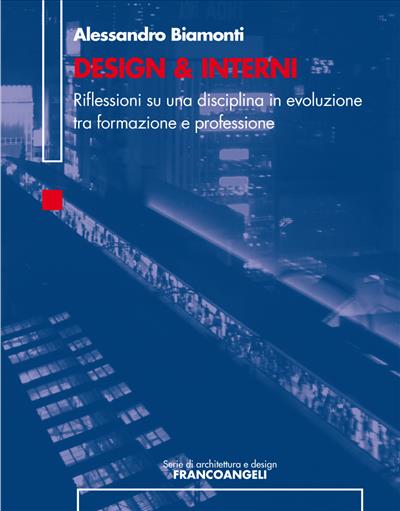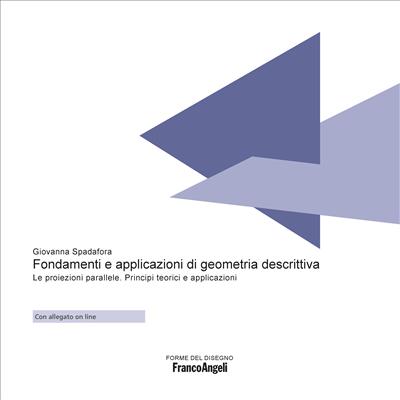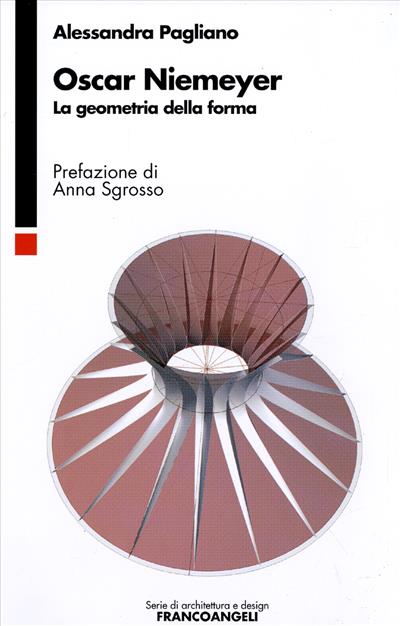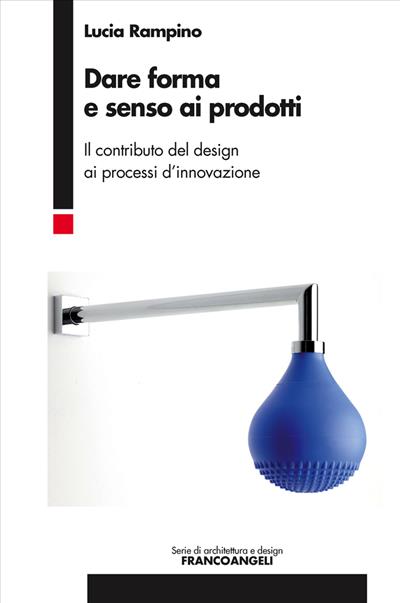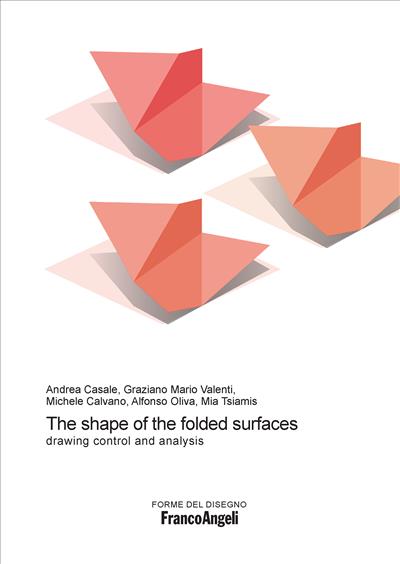
Andrea Casale, Graziano Mario Valenti, Michele Calvano, Alfonso Oliva, Mia Tsiamis
The shape of the folded surfaces
Drawing control and analysis
Among the various ways of dealing with surface folding, this text analyzes the properties of the fold in determining surfaces that admit different spatial configurations. The problems faced in these experimental models have promoted the geometric solution that has the advantage of being more effective in the visualization of the form and therefore in generating creative ideas within the design process. In this perspective, the experimental use of the Visual Programming Language that operates in the three-dimensional modeling facilitates the analysis and design of reactive architectures.
Pagine: 266
ISBN: 9788891792914
Edizione:1a edizione 2019
Codice editore: 566.2
Possibilità di stampa: No
Possibilità di copia: No
Possibilità di annotazione: No
Formato: PDF con DRM Readium LCP
Pagine: 266
ISBN: 9788835104292
Edizione:1a edizione 2019
Codice editore: 566.2
Possibilità di stampa: No
Possibilità di copia: No
Possibilità di annotazione: Sì
Formato: ePub con DRM Readium LCP
